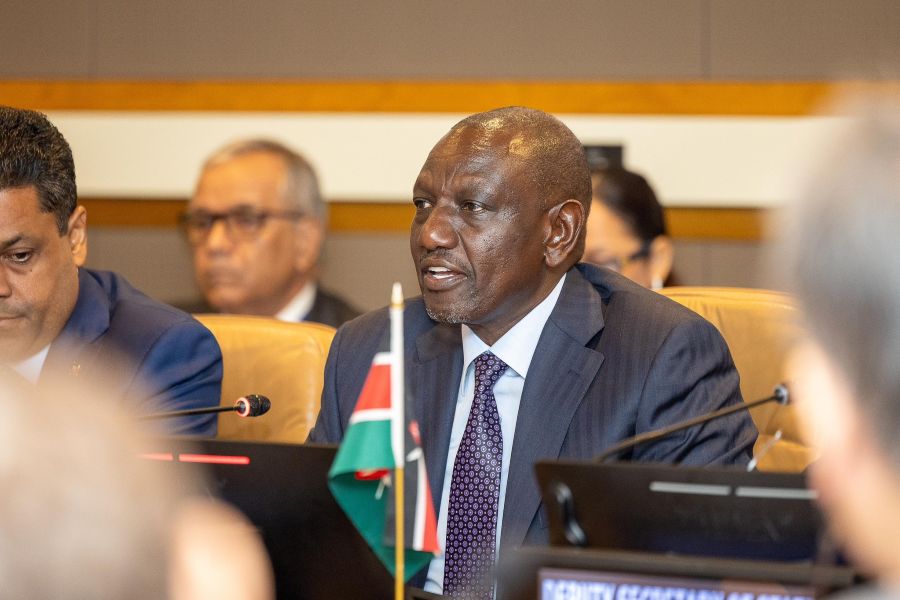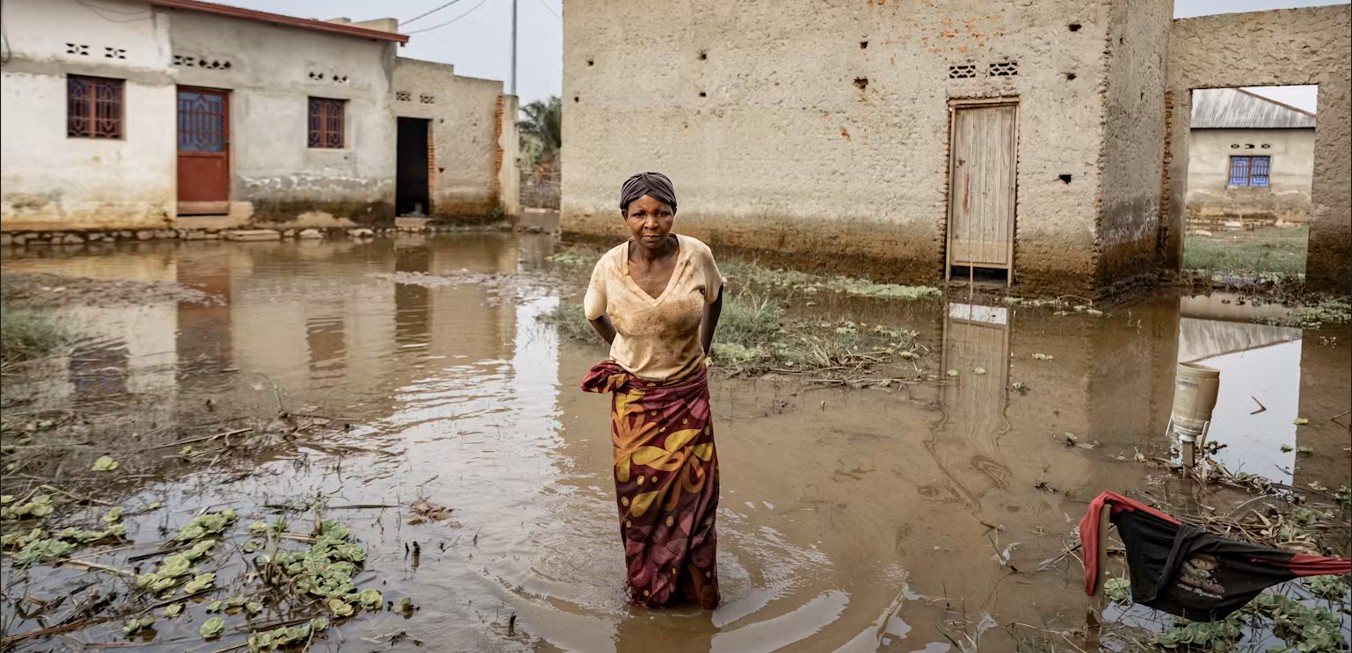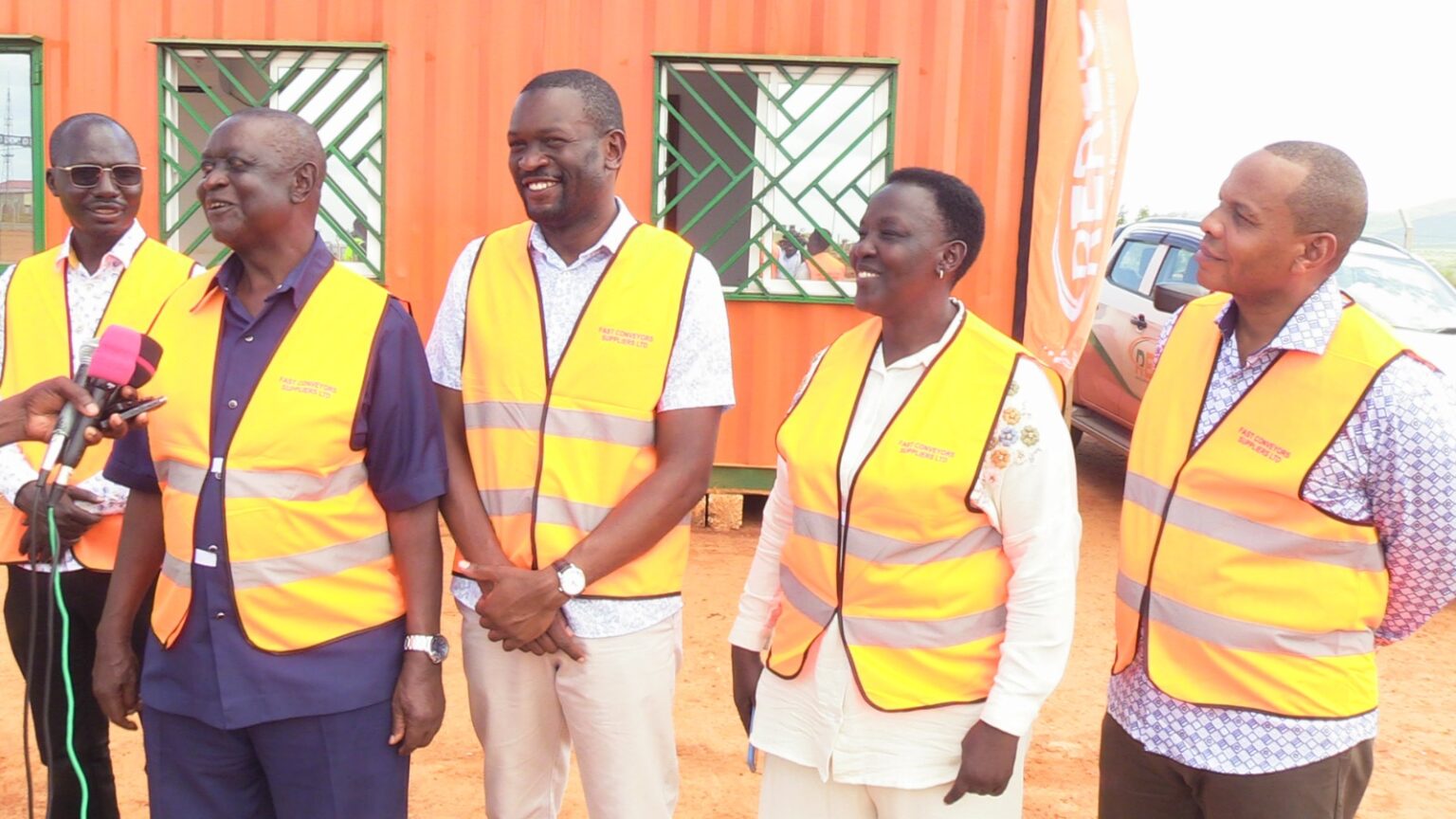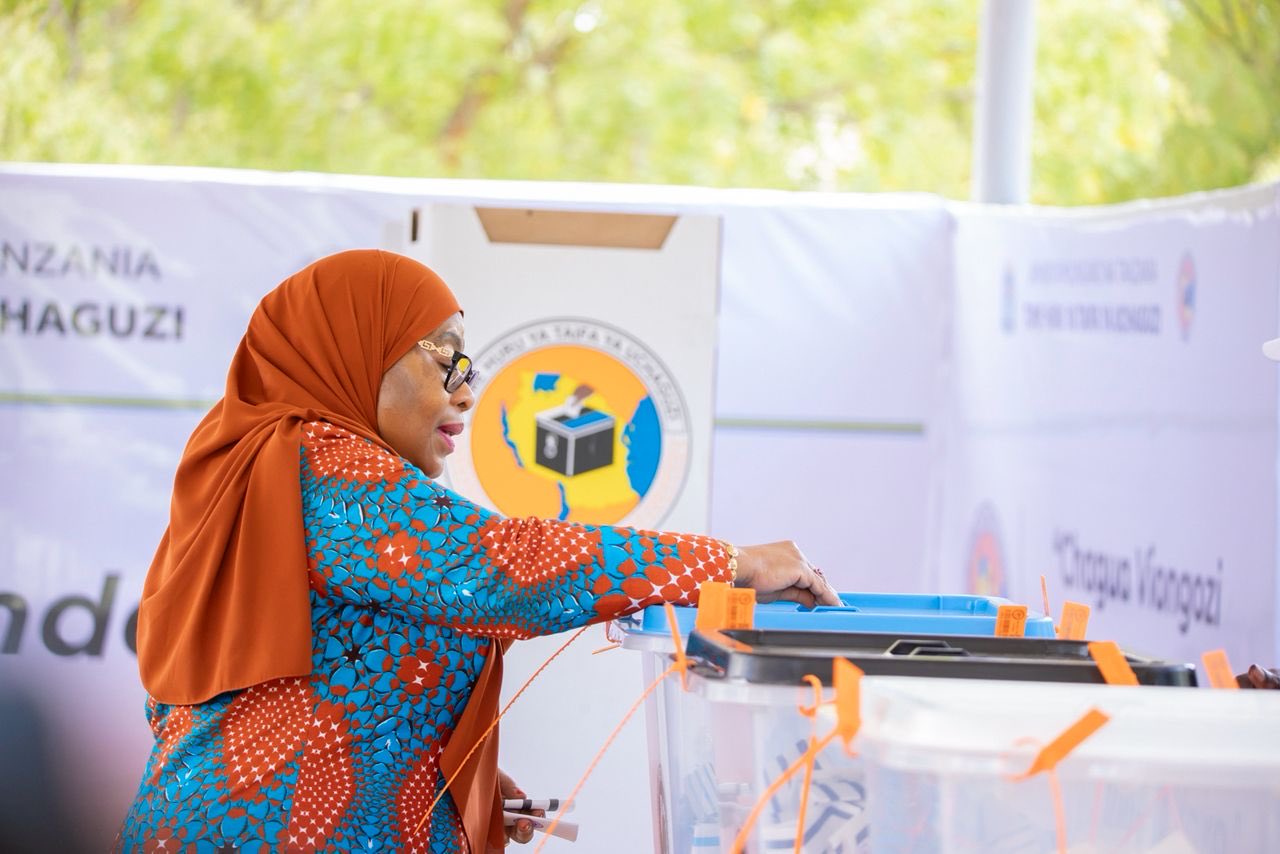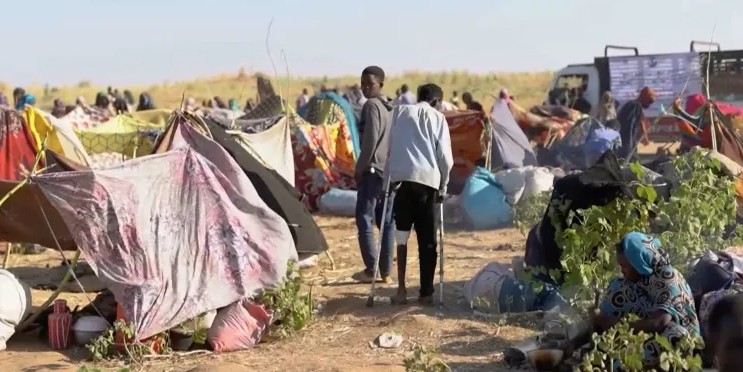Kenya faces growing crisis of untreated diabetes cases, WHO study says
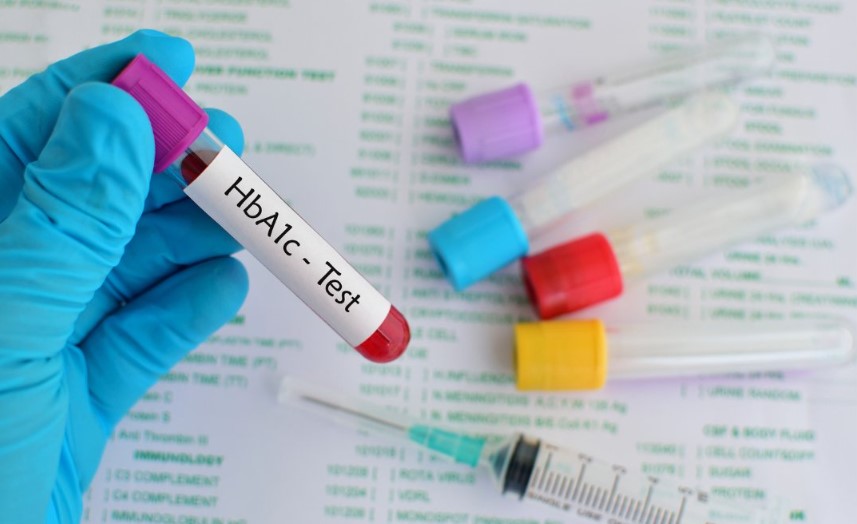
The WHO report reveals that treatment access remains stubbornly low in many developing nations.
Kenya is grappling with one of the world's lowest rates of diabetes treatment coverage, with fewer than four in 10 diabetic adults receiving glucose-lowering medication, according to the World Health Organisation (WHO).
This disturbing finding was revealed in a recent study published in The Lancet on World Diabetes Day, which highlights the alarming scale of the diabetes epidemic and the urgent need for global action to close the treatment gap.
More To Read
- Reported massacre at hospital in Sudan’s El Fasher leaves 460 dead
- Artificial sweeteners linked to higher diabetes risk, study finds
- Severe flooding affects over 960,000 in South Sudan: UN
- Two weeks without sugar: What I learned about my body, culture and cravings
- WHO says polio eradication still feasible despite Sh219 billion funding cuts
- WHO says DRC could declare end of Ebola outbreak by December
Diabetes, a condition primarily caused by elevated blood sugar levels due to insufficient insulin production or the body's resistance to insulin, is becoming increasingly prevalent worldwide.
The new data underscores a significant rise in diabetes cases over the past three decades, with the global prevalence of diabetes doubling from 7 per cent to 14 per cent between 1990 and 2022.
In Kenya, the situation is dire, with approximately 3.5 per cent of the adult population diagnosed with diabetes.
The latest estimates suggest there are currently about 2.3 million people living with the condition, a number expected to rise to 3.5 million by 2045 if current trends continue.
Never tested
However, the country is facing a critical challenge: more than 88 per cent of Kenyans have never had their blood sugar levels tested, according to the STEPwise Survey of 2015.
This lack of screening has led to many undiagnosed cases, resulting in delayed treatment, higher morbidity and mortality, and increased healthcare costs.
The direct annual cost of managing diabetes in Kenya averages Sh53,907 per patient, with the majority of expenses going toward medication.
For many individuals, these costs are prohibitively high, especially in low- and middle-income regions where the burden of diabetes is rising.
The WHO report reveals that treatment access remains stubbornly low in many developing nations.
By 2022, nearly 450 million adults aged 30 and older were living with diabetes, yet 59 per cent of them almost 267 million people had not received any treatment.
Notably, 90 per cent of these untreated individuals reside in low- and middle-income countries, which continue to face severe disparities in healthcare access.
In Kenya, the situation is compounded by economic hardship, a lack of physical activity, and the increasing prevalence of obesity factors that have contributed to the surge in diabetes cases.
WHO Director-General Tedros Adhanom Ghebreyesus has insisted on the need for urgent intervention.
"We have seen an alarming rise in diabetes over the past three decades, which reflects the increase in obesity, compounded by the impacts of the marketing of unhealthy food, a lack of physical activity, and economic hardship," he said.
"To bring the global diabetes epidemic under control, countries must urgently take action. This starts with enacting policies that support healthy diets and physical activity and, most importantly, health systems that provide prevention, early detection, and treatment," Tedros added.
The situation is further complicated by regional disparities, with some areas, particularly the WHO South-East Asia and Eastern Mediterranean regions, reporting diabetes prevalence among adults as high as 20 per cent.
This underscores the widening global inequality in diabetes care.
In response, the WHO has launched a new global monitoring framework to help countries track progress in diabetes prevention and treatment.
This framework aims to provide essential guidance on measuring key health indicators such as blood sugar control, hypertension, and access to necessary medications, helping governments develop targeted policies to combat the diabetes crisis.
Top Stories Today

